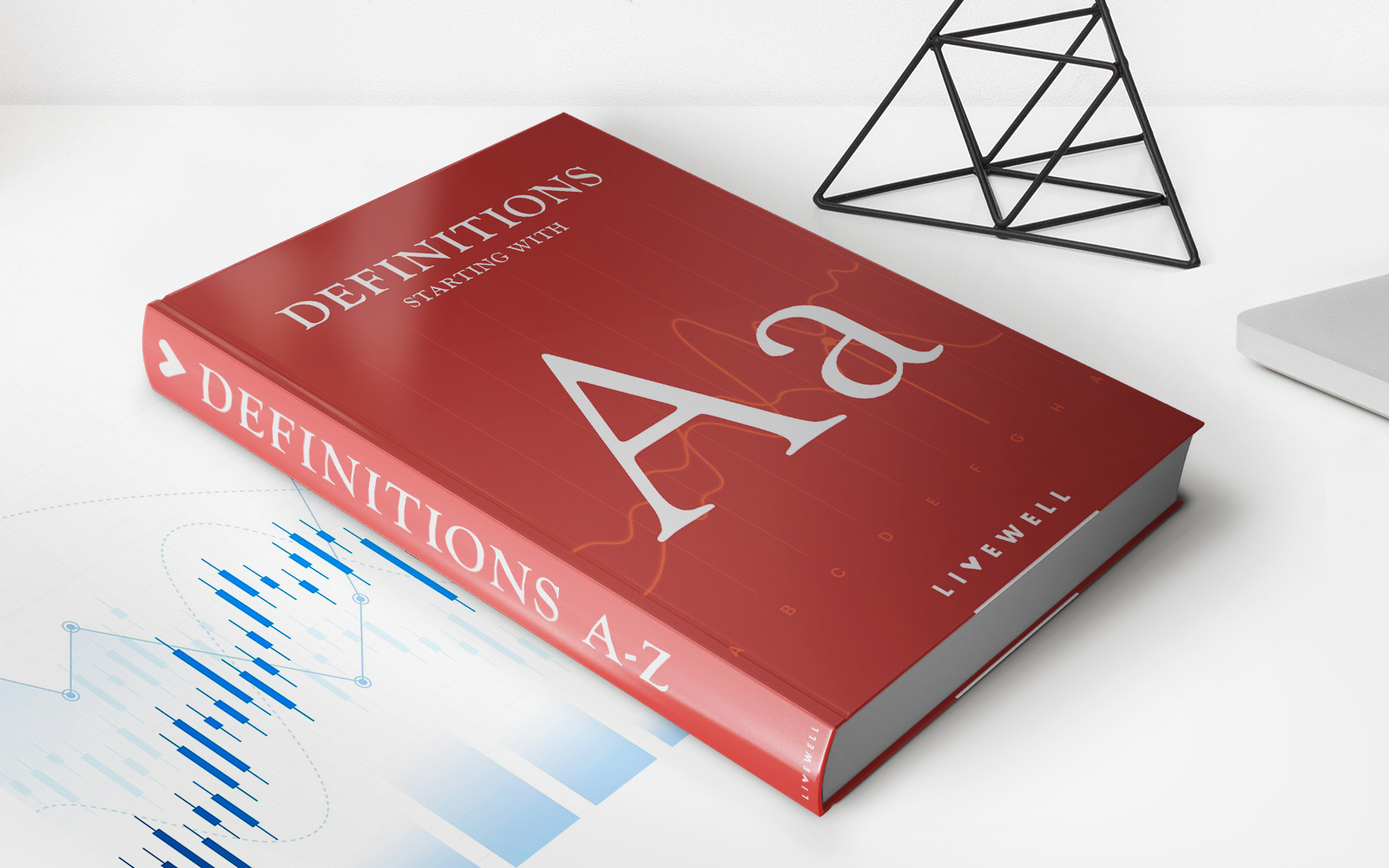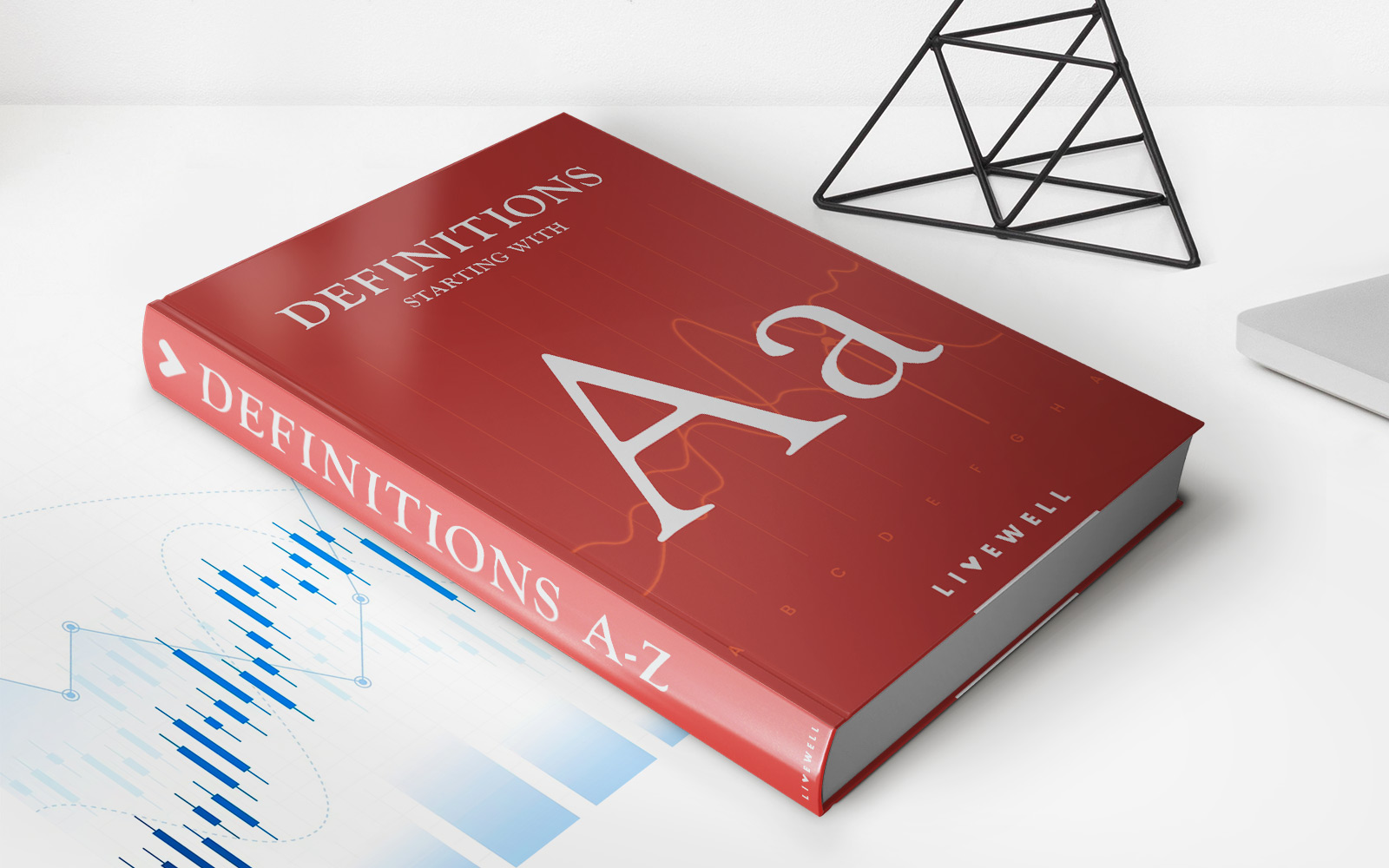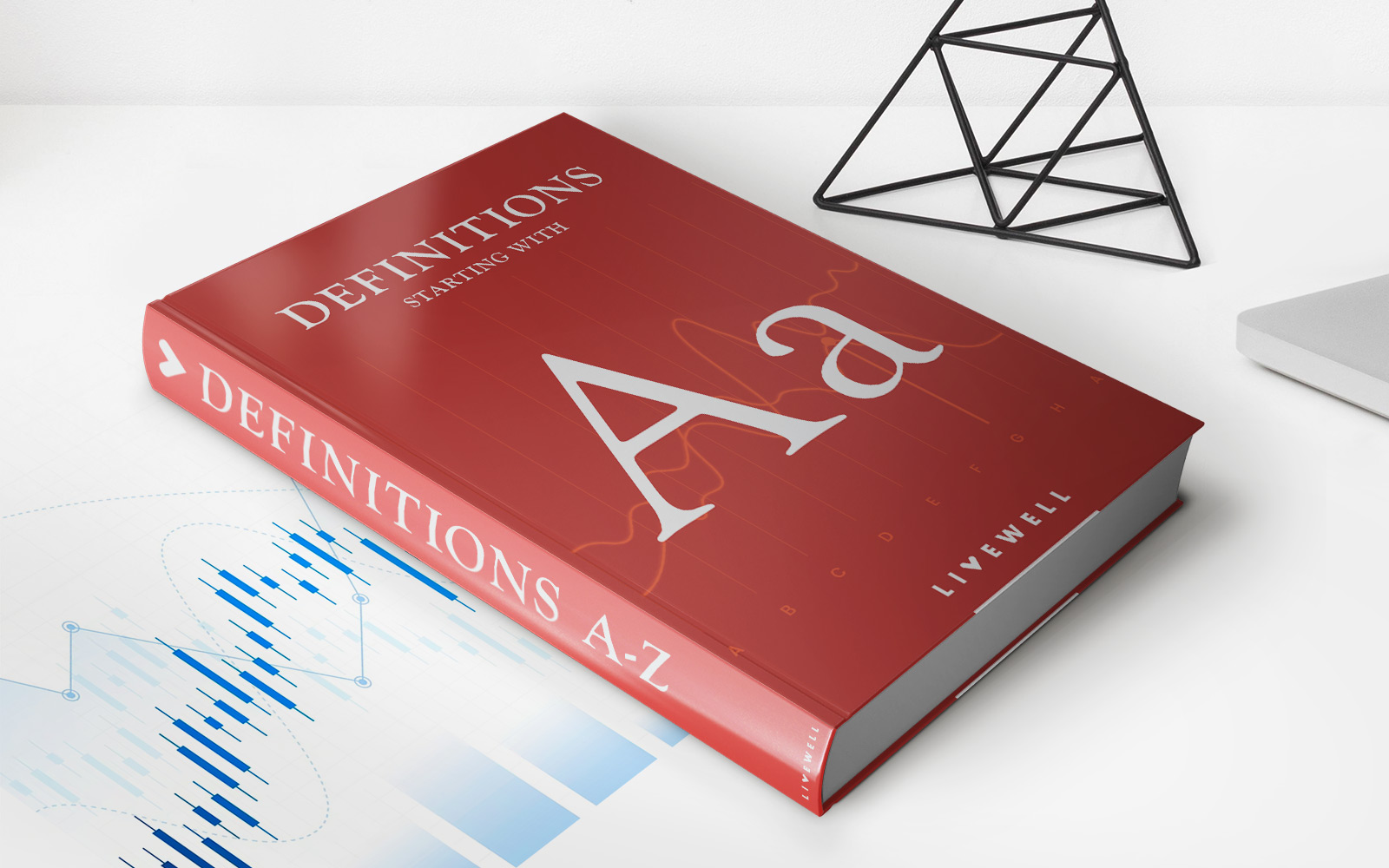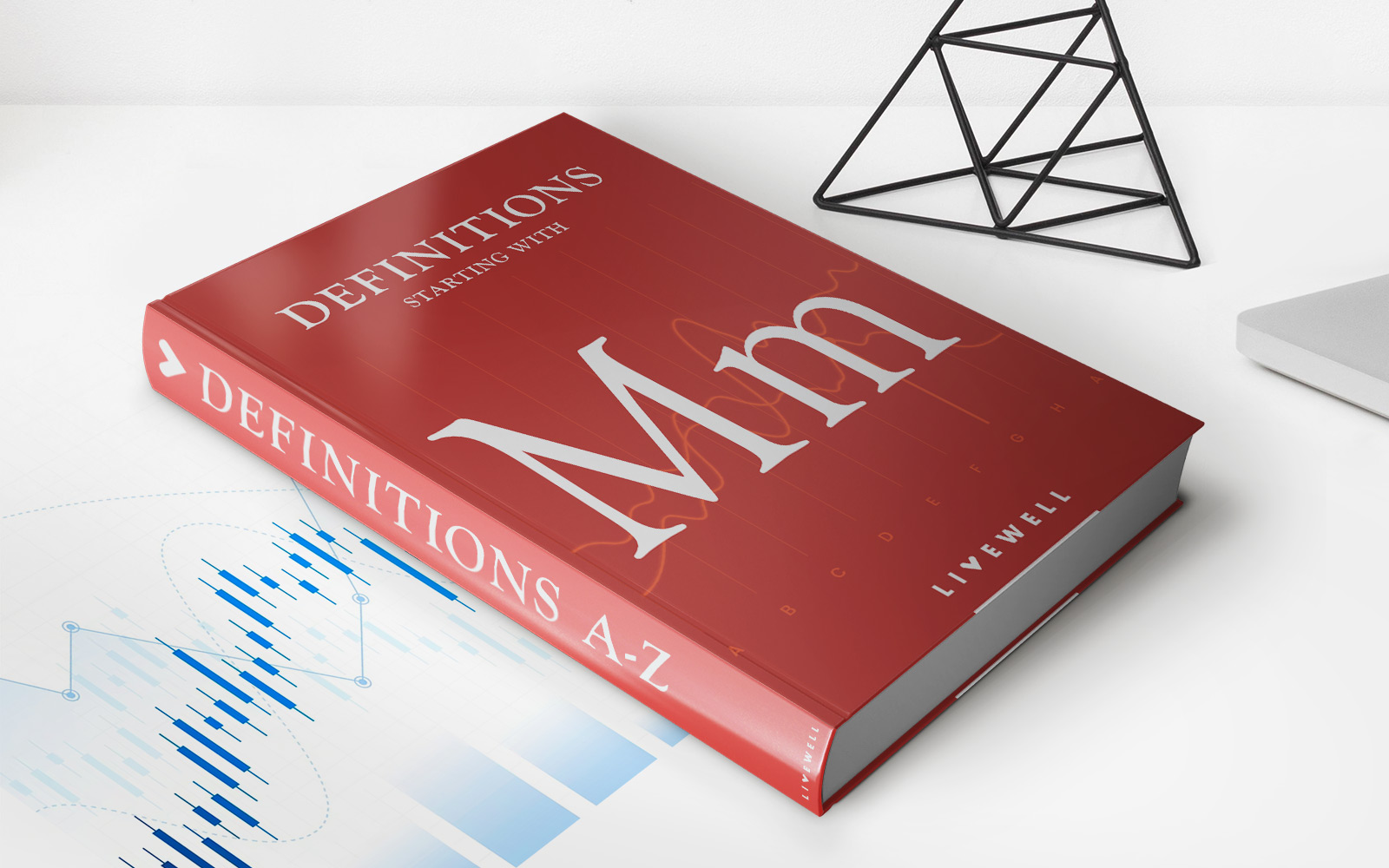Home>Finance>Weighted Average Credit Rating (WACR) Definition


Finance
Weighted Average Credit Rating (WACR) Definition
Published: February 17, 2024
Learn the definition of Weighted Average Credit Rating (WACR) in finance and how it is used to assess creditworthiness.
(Many of the links in this article redirect to a specific reviewed product. Your purchase of these products through affiliate links helps to generate commission for LiveWell, at no extra cost. Learn more)
Understanding Weighted Average Credit Rating (WACR)
When it comes to making informed financial decisions, understanding the world of credit ratings is crucial. One such metric that plays a significant role in the evaluation of financial instruments is the Weighted Average Credit Rating (WACR).
So, what exactly is WACR, and why is it important for investors and financial institutions? Let’s dive deeper into this concept to gain a better understanding.
Key Takeaways:
- Weighted Average Credit Rating (WACR) is a metric that determines the overall creditworthiness of a portfolio or investment.
- WACR takes into account the credit ratings of individual securities and assigns a weighted value based on their holdings within the portfolio.
Weighted Average Credit Rating (WACR) is a measure that calculates the average credit rating of a portfolio or investment by considering the credit ratings of each individual security it holds. The concept operates on the principle that different securities carry different levels of credit risk based on their credit ratings assigned by credit rating agencies such as Standard & Poor’s, Moody’s, and Fitch.
When constructing a portfolio, investors and financial institutions typically diversify their holdings by including securities with varying credit ratings. A well-diversified portfolio can help reduce the overall risk and enhance the potential for returns. However, it is essential to assess the credit risk associated with each security in the portfolio.
To determine the WACR, each security’s credit rating is assigned a weight based on its proportionate representation in the portfolio. Higher-rated securities, such as those with AAA or AA ratings, are assigned a higher weight, while lower-rated securities receive a lower weight. The WACR is then calculated by taking the sum of the products of each security’s weight and its corresponding credit rating.
The WACR provides investors and financial institutions with a single metric that summarizes the overall credit quality of a portfolio or investment. It offers a quick assessment of the portfolio’s credit risk exposure and aids in decision-making processes, such as asset allocation and risk management strategies.
By monitoring the WACR, investors can gauge the potential impact of changes in credit ratings on the portfolio’s overall credit quality. In times of economic uncertainty or market volatility, a decline in the weighted average credit rating may signal an increased risk of default or credit impairment within the portfolio, prompting investors to reassess their investment strategy and consider rebalancing their holdings.
In conclusion, understanding the concept of Weighted Average Credit Rating (WACR) is crucial for investors and financial institutions. It provides a comprehensive measure of a portfolio’s credit quality and helps in managing credit risk. By considering the credit ratings of individual securities and their respective weights, the WACR offers valuable insights into the overall creditworthiness of a portfolio or investment.
- WACR offers a quick assessment of a portfolio’s credit risk exposure
- Monitoring WACR helps in managing credit risk more effectively














